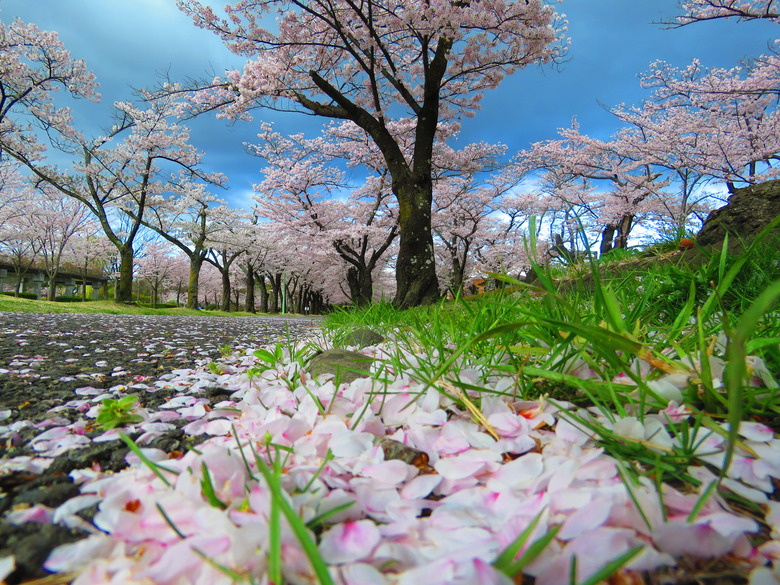How To Remove Cherry Tree Roots
We may receive a commission on purchases made from links.
Cherry trees (Prunus spp.) are extremely resilient trees, hardy in U.S. Department of Agriculture plant hardiness zones 3 through 9, depending on species and cultivar, which make them an ideal choice for many home fruit growers. However, if you are trying to get rid of your cherry tree, this resilience can be a real hassle. Even if you cut down the tree, the roots themselves can stay active for years, producing root suckers that grow into new shrubs and trees to try to help the plant recover. The only way to completely stop growth is to remove cherry tree roots from your entire garden.
Things Needed
-
Stump grinder (optional)
How to Remove Cherry Tree Roots
1. Put on Safety Gear
Put on safety goggles, gloves, closed toe shoes and other safety gear before you begin. A dust mask is a good idea, especially when grinding stumps or spraying herbicides.
2. Rent a Stump Grinder
Consider renting a stump grinder, available from hardware stores and tool rental shops. Grind as much of the stump and the roots as possible, then rake up the wood chips and put them on the compost pile. Alternately, use the chips as mulch by raking them over the garden.
3. Dig Around the Roots
Dig out the area around the cherry tree roots to expose as much of the surface of the roots as possible. Exposing the roots makes them easier to remove, and also helps you know how much work you have to do.
4. Cut Into the Bark
Break into the bark on the roots with a sharp shovel or spade. Make multiple cuts all along the length of the roots to expose the inner sensitive tissue.
5. Prepare to Spray
Clear the area before spraying. Herbicides can harm animals and humans, as well as other desirable plants. Keep pets, children and adult spectators out of the area while spraying and away from the treated tree roots for the recommended period according to the manufacturer's directions.
6. Spray With Herbicides
Spray the root system and any leafy root suckers with 2,4-D, glyphosate, triclopyr or a similar tree-killing herbicide, following all label directions. Coat all of the surfaces of all of the roots with the herbicide; it will flow into the open wounds you created on the roots to eat away at the healthy tissue, essentially killing the roots. Spray the herbicides only on the tree roots and suckers; avoid getting them onto any healthy plants, including grass.
7. Cover With an Opaque Tarp
Cover the root system with a black plastic tarp to prevent the roots from receiving any water. Weigh down the edges of the tarp with bricks or stones to prevent it from blowing away. This will ensure that the rain doesn't wash away the poison.
8. Repeat Herbicide Treatment
Repeat herbicide application after seven days, or according to the label if its recommendations differ. When you do so, inspect the roots and use your sharp spade or shovel to remove any dead areas that have shriveled up or detached from the ground.
9. Dig Up Dead Roots
Remove the tree roots as they gradually die by digging them up and cutting them out. Repeat spraying and cutting to remove cherry tree roots until they are all gone.
